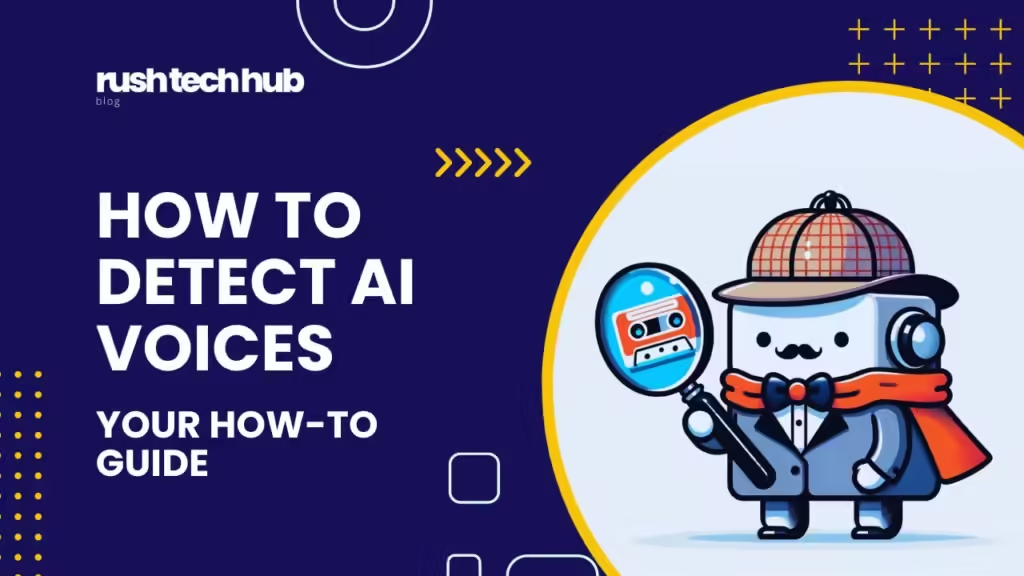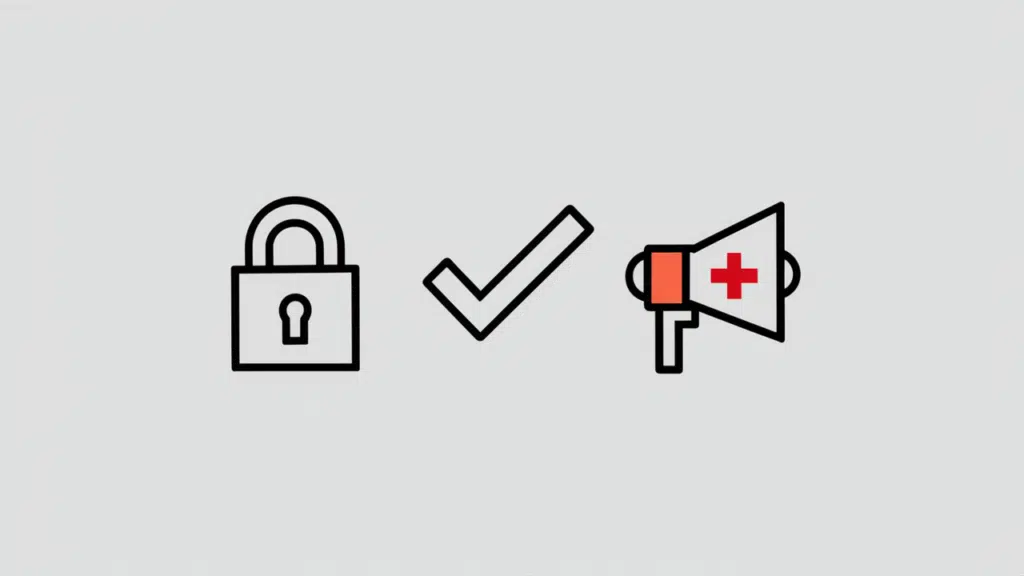3 Simple Tools to Detect AI Voices - Your How-to Guide
Introduction
- Kirill Zolygin
- Updated
Have you ever thought about whether a voice you hear is real or made by an AI computer program? As AI tech gets better, it’s harder to know if a voice is human or computer-made.
That can cause BIG problems like scams, wrong information, and even copying others without permission.
But don’t worry – I’m here to help you figure everything out!
I test AI voice generators all the time. In this guide, I’ll show you 3 simple ways to detect AI voices. We’ll also talk about why it matters and what you can do.
Let’s get right in!

Understanding the Basics of AI Voice Detection
AI voice detection is a technology that helps identify whether a voice in an audio clip is real or generated by AI. This is important because AI-generated voices can be used for malicious purposes, such as scams, spreading fake news, or impersonating someone.
By using AI voice detectors, you can ensure the authenticity of the audio you encounter, providing peace of mind and protection against potential threats.
Why Is It Important to Detect AI Voices?

- Preventing Scams: AI-generated voices can be used to trick people into believing they are talking to someone they know, leading to financial or personal harm.
- Ensuring Authenticity: In media and entertainment, it’s crucial to verify that the audio used is genuine to maintain credibility.
- Protecting Against Misinformation: AI-generated voices can spread false information, so detecting them helps maintain the integrity of information.
Disclosure: This post may contain affiliate links, and if you decide to buy any of the promoted products, I may receive a commission at no additional cost to you. By doing this, I might feel more inspired to continue writing on this blog. You can read our affiliate disclosure in our privacy policy.
Table of Contents
How to Detect AI Voices?
Detecting AI-generated voices involves a few simple steps. Here’s a breakdown of how you can do it:
Step One: Choose a Reliable AI Voice Detector
There are several AI voice detectors available online. Some popular ones include:
- AI Voice Detector which allows you to upload an audio file to get a detailed report on whether the voice is AI-generated or human.
- PlayHT’s AI Voice Classifier which can detect if a voice is synthetic or real by analyzing the uploaded audio file.
- Eleven Labs AI Speech Classifier can tell you if the voice you hear was created by ElevenLabs – one of the most popular text-to-speech generators on the market.
Step Two: Upload the Audio File
Once you have chosen a tool, the next step is to upload the audio file you want to analyze. Most tools support common audio formats like MP3, WAV, or FLAC.
Step Three: Analyze the Results
After uploading the file, the tool will analyze the audio using sophisticated algorithms. These algorithms look at various features such as pitch, tone, and inflection to determine if the voice is AI-generated. The tool will then provide a detailed report with the probability of the audio being AI-generated or human.
Advanced Tips and Strategies
Additional Verification Methods
- Metadata Analysis: Check the metadata of the audio file for any mentions of AI generators.
- Sound Wave Inspection: Use sound editors to inspect the sound waves. AI-generated voices often have very clear and similar sound waves.
Common Mistakes and How to Avoid Them
- Relying Solely on One Tool: Always use multiple tools to cross-verify the results.
- Ignoring Subtle Cues: Pay attention to unnatural aspects in the speech, such as lack of natural pauses or consistent pitch.
- Not Updating Tools: AI technology evolves rapidly, so make sure to use the latest versions of detection tools.
Frequently Asked Questions
Is there a way to detect AI voices?
Yes, AI voice detectors like those found at aivoicedetector.com can analyze audio samples to determine the likelihood that the voice was AI-generated. Telltale signs include robotic sound, inconsistent pronunciation, and unusual pauses.
Can voice cloning be detected?
Voice cloning can often be detected by AI voice detection tools. Cloned voices may have subtle artifacts, inconsistencies in accent/style, or a slightly artificial quality compared to genuine human speech.
Is the AI voice detector accurate?
AI voice detectors can be quite accurate, often correctly identifying AI-generated voices over 90% of the time. However, as the technology advances, some very sophisticated AI voices may be harder to definitively detect.
Can YouTube detect AI voices?
In 2023, YouTube started implementing rules that may require creators to disclose the use of AI-generated voices. While YouTube’s AI detection capabilities are not fully known, it’s likely they are developing ways to identify AI voices in videos.
Disclosure: This post may contain affiliate links, and if you decide to buy any of the promoted products, I may receive a commission at no additional cost to you. By doing this, I might feel more inspired to continue writing on this blog. You can read our affiliate disclosure in our privacy policy.
Editorial process: My reviews always result from real-world experience. Read my Editorial Guidelines to learn more.
The posts may contain affiliate links. However, this never impacts my commitment to honest, unbiased recommendations. If you decide to buy any of the promoted products, I may receive a commission at no additional cost. By doing this, you inspire me to create helpful and engaging content. You can read about affiliate disclosure in the privacy policy.
We improve our products and advertising by using Microsoft Clarity to see how you use our website. By using our site, you agree that we and Microsoft can collect and use this data. Our privacy statement has more details.


